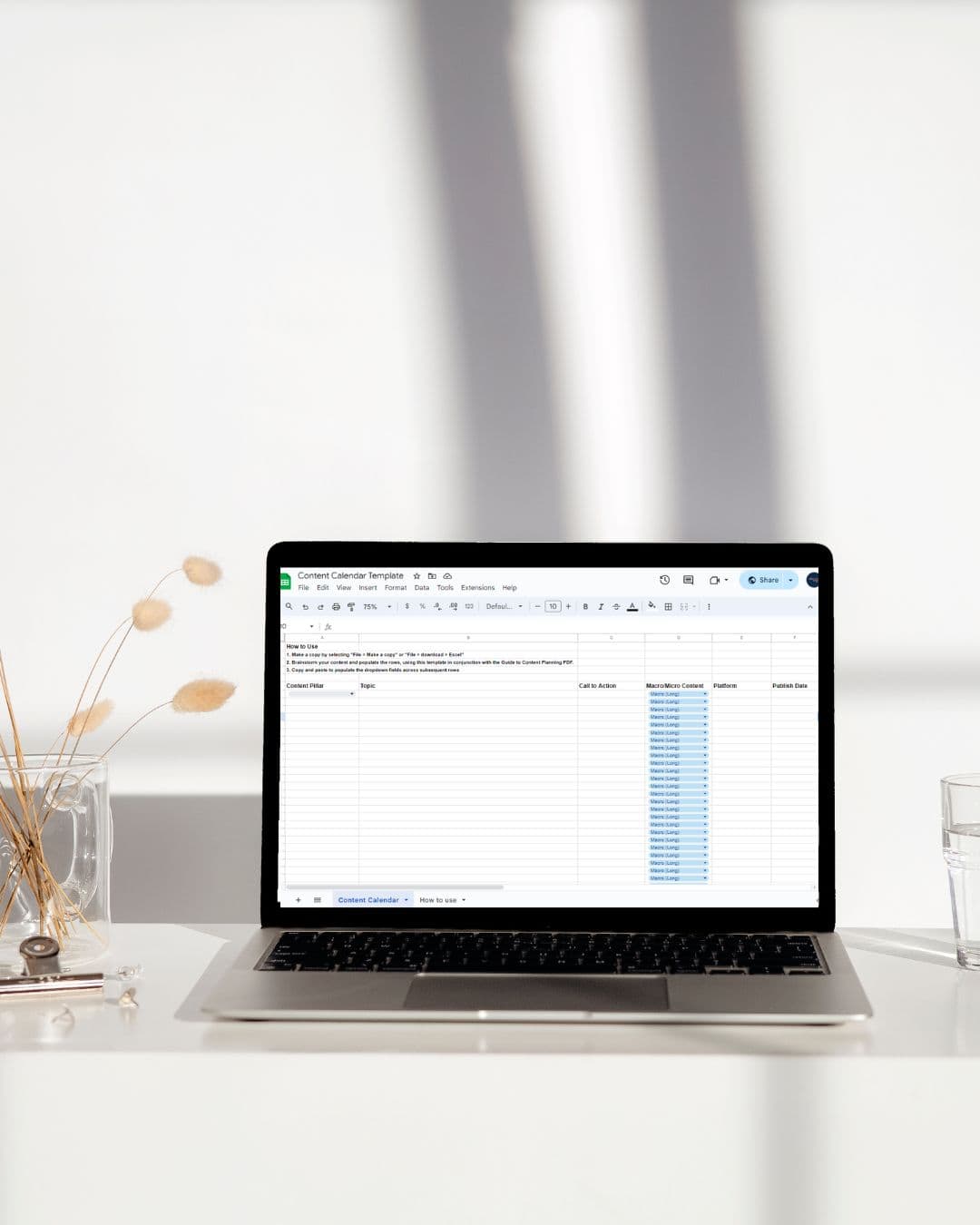Highlights
- Google announced in late October 2023 that it has completed mobile-first indexing
- This means Google now prioritises mobile versions of sites when crawling and indexing
- When the switch is completed, Google will reduce desktop crawling to conserve resouces
- Follow best practices to ensure your site’s SEO is optimised for mobile-first indexing
After years in the making, Google has announced in a Google Search Central blog update in late October that it has fully transitioned to mobile-first indexing. What this means is Google now prioritises mobile versions of website when crawling and indexing content:
Over the year, mobile web traffic has continued to grow; in some regions, people almost exclusively use their phone to access the internet. Thank you – site owners, SEOs, web developers, designers and everyone who works on websites – for helping to make the mobile web a success!
This shift reflects Google’s increased focus on mobile devices since 2015, starting with the mobile friendly update. In the following year, the company started the process of mobile-first indexing by crawling mobile pages rather than desktop. Then, in 2019, mobile-first indexing was set as the default for all new websites. For existing websites, the owners were informed via Google Search Console of the the date their website was switched to Google’s mobile-first indexing.
What is the Mobile-First Indexing Definition
There is no “standard” mobile-first indexing definition, but Google itself states that Google’s mobile-first indexing is a process where Google uses the mobile version of your content and website in order to index and rank in its SERP (Search Engine Result Page).
Frankly speaking, I thought this process has been completed, because there has been announcements after announcements on this work (see: Search Engine Roundtable update on May 2023 regarding last batch of websites being moved to mobile-first indexing). But I suppose it is finally “done”.
What Happens to Non Mobile Friendly Websites?
In the October 2023 announcement, Google acknowledges they know of a very small set of sites that do not work on mobile devices at all. These sites show errors to all mobile users, and the mobile version of the site is blocked with robot.txt while the desktop version is allowed for crawling, or that all pages on the mobile site is redirected to the homepage. For these sites, Google will continue to crawl these sites using their legacy desktop Googlebot for the time being. However, in the same announcement, Google said they will be reducing crawling with their legacy desktop Googlebot as much as possible in a bid to streamline their resources and infrastructure.
Google also announced that they are turning off the indexing crawler information in the settings page in Google Search Console. This information is no longer needed since all websites that work on mobile devices are now being crawled primarily with the mobile crawler.
While it is now standard to have a mobile-optimised website, it is now more important than ever to make sure your website is mobile-first indexing friendly. Here are 10 tips for Google’s Mobile-First Indexing.
5 Tips for Google’s Mobile-First Indexing
1. Alt-Text
Alt text is important for search engine crawlers to understand the image better, and ultimately, put your content in front of users who are searching for what you offer. So, for your page to rank higher in Google’s mobile-first indexing, ensure all your images have alt text. Alt text should be descriptive of the image and include one or two of your keywords.
For example:
If you sell teacups and have an image “colour teacups.jpg”, a good alt text will be “yourbusinessname pink teacups on a table”.
2. Headings
Heading are an important page elements for Googlebot to understand your content. Pay attention to which tags you use for headings, as incorrect usage will affect your ranking. As a general rule, h1 through to h6 provides hierarchy; div will apply CSS styles in bulk.
3. Content consistency across devices
This is one of the basic requirements for website to be indexed properly. When you have a desktop and mobile version of a page, make sure that both versions have the same primary content. If your mobile site has less content, it will affect how Google assess and understand your website in the era of Mobile-First indexing, as it won’t have all the necessary information. So, if you have more content on your desktop site, work on increasing the content on mobile-site.
4. Robots meta tags
This is perhaps more relevant for older sites. However, ensure you use the same robots meta tags and robots.text directives for both desktop and mobile versions of your site. Be careful not to use “noindex” or “nofollow” tags on your mobile site, as these tags will prevent Google from crawling and indexing your page.
On the topic of meta, ensure you have the same structured data and metadata for both versions of your site as well.
5. Image and video quality
I’ve seen this in older versions (pre-2015) versions of websites, where the general tendency is to use lower-quality versions of image and videos for mobile sites, whether it’s due to smaller display size on mobiles or to encourage quicker loading speed on mobile. This is not ideal in 2023, as Google treats desktop and mobile versions as the same. So, if thumbnail-sized images are used on the mobile site, Google will consider this as low-resolution and lower your ranking. Therefore, use the same image and video quality for both versions of your site to increase the likelihood of getting better traffic to your website.
Final Thoughts
Besides the tips shared above, factors such as loading speed, caching etc. that are standard in website optimisation all remains important in optimising your website for Mobile-First indexing. I shared some tips to improve site speed in my previous blog post, and include links to resources that can help you make these improvements.
With Google’s Mobile-First Indexing seemingly completed (at long last), does that mean you should abandon designing for desktop completely? I don’t think so. Google is driven by searches, a.k.a users. While you should always have a mobile-optimised website, don’t abandon your desktop users. In my experience, if your customers are other businesses, you will be surprised to find that a substantial amount of searches are originating from desktop. A likely explanation is most business users are researching and finding your services on business hours, likely on their work station and work-issued devices. Fun fact, as an older millenial, I don’t trust my mobile device when completing a transaction. I still book my flights, hotels etc. on my laptop, sometimes even while plugged in to external monitors. That being said, if your customers are Gen Z, mobile-first is probably your best bet. I digressed, but I suppose what I’m saying is: know your audience well, and Google will reward you.
I hope that the tips in this article will help you have a better understanding of the best practices to be followed for Google’s mobile-first indexing and the pitfalls you need to avoid. Technology is forever changing. Keep optimising and you will reach your goals in your SEO journey.
Image source: Photo by Firmbee.com on Unsplash




